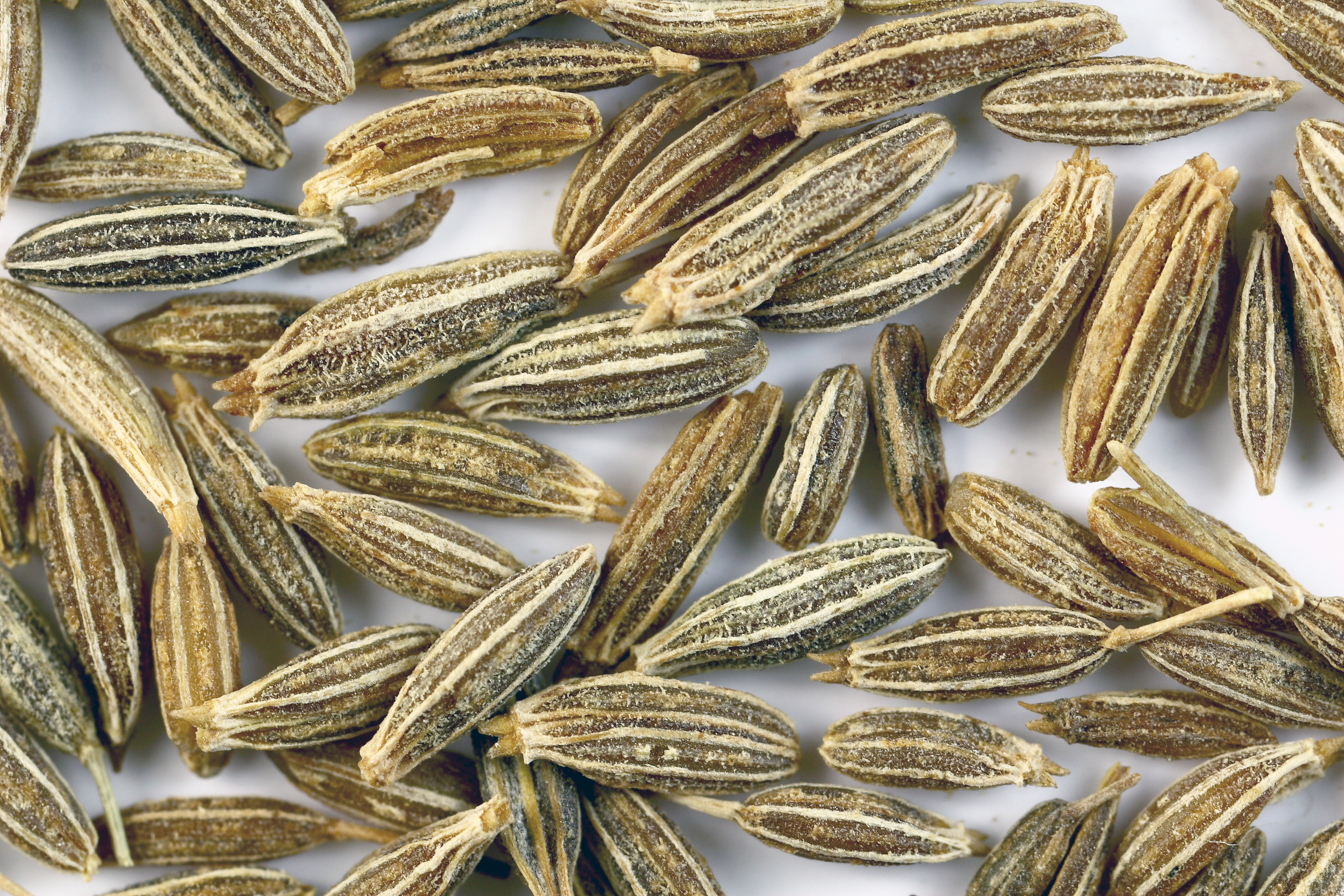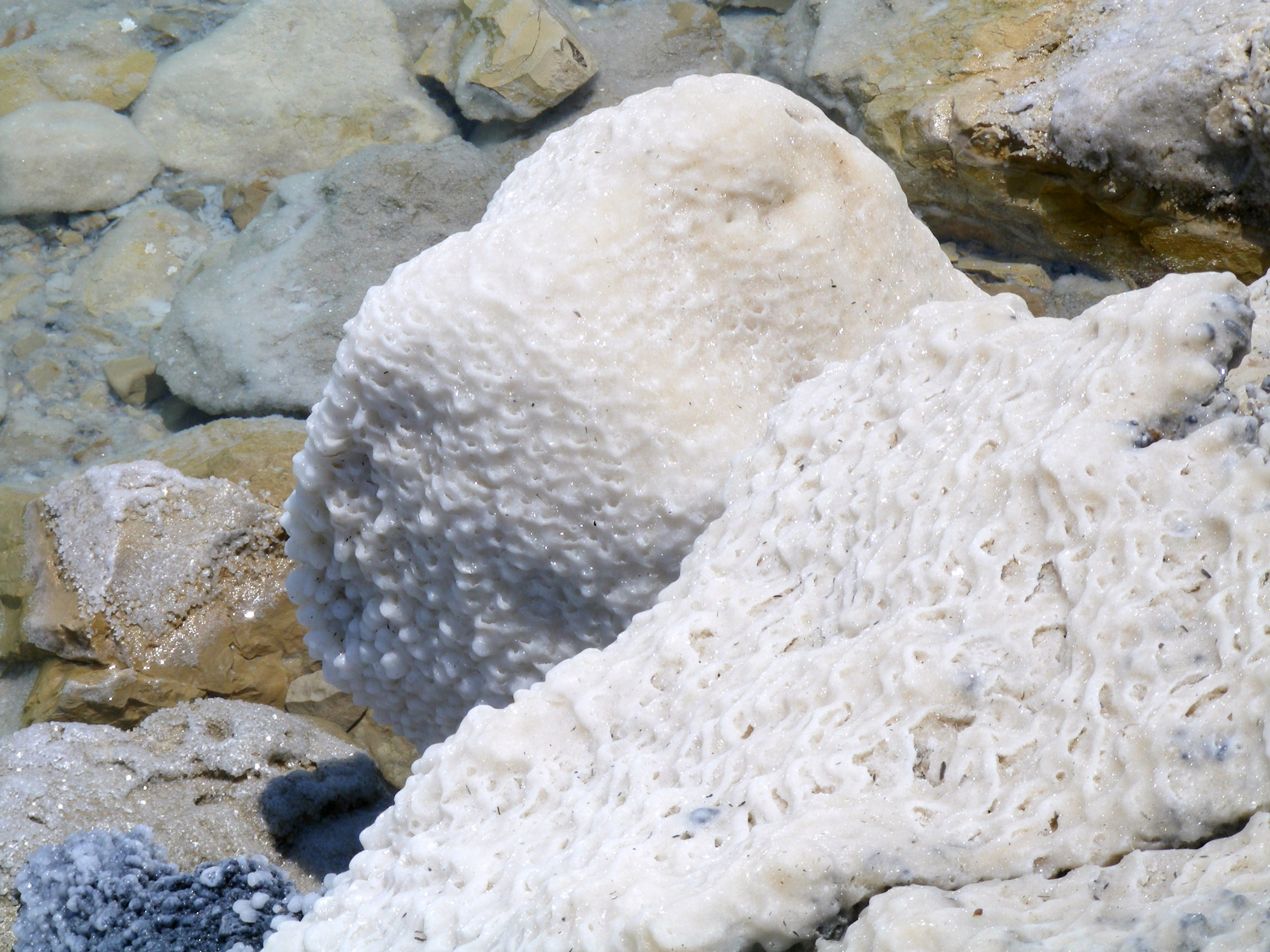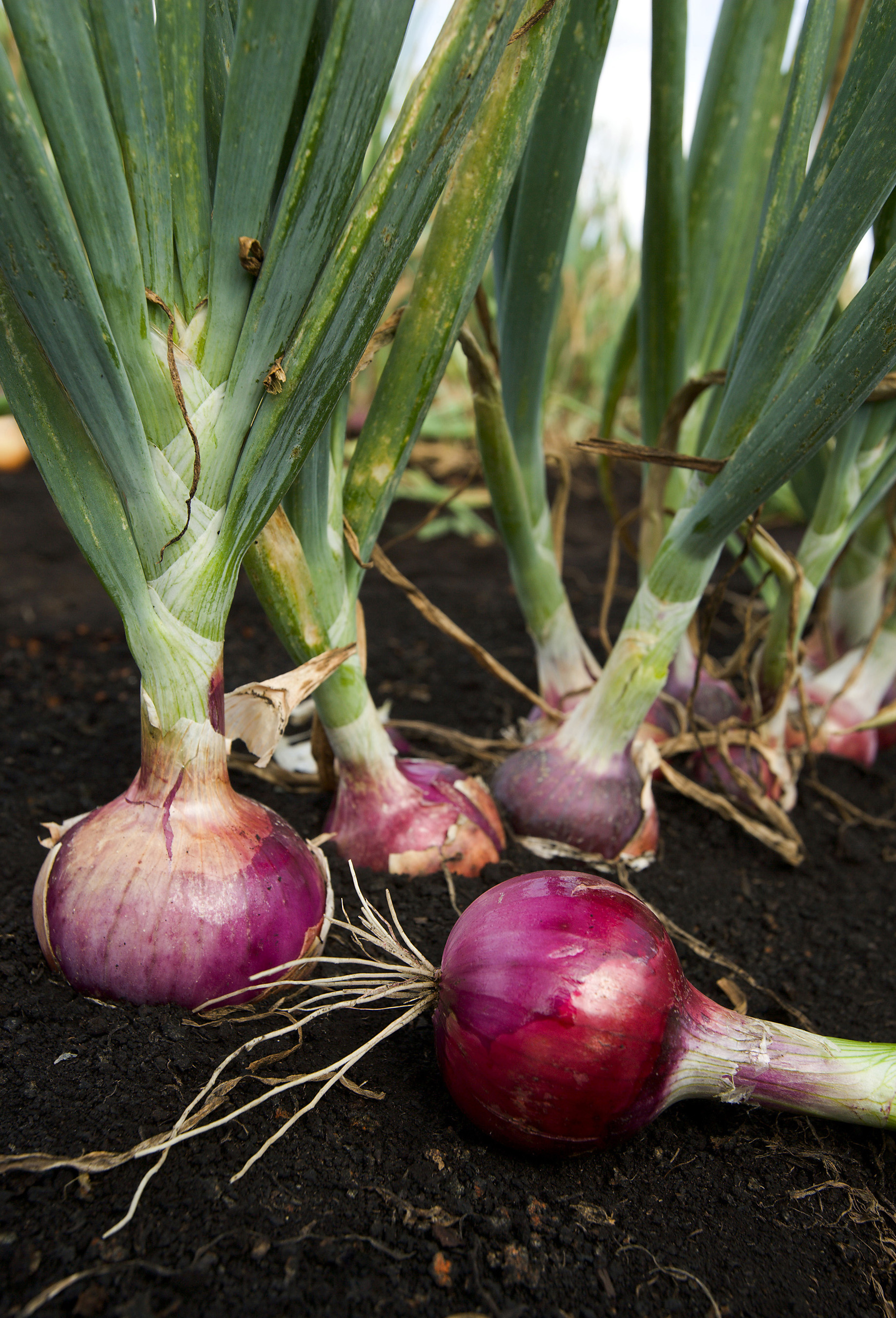|
Akhni
Akhni ( bn, আখনী) is a mixed rice dish with its origins among the Bengali Muslims of Chittagong and Sylhet, in eastern Bangladesh. It is often considered to be a particular variation of biryani or polao. The dish is especially popular in restaurants throughout Bangladesh, as well as among the diaspora across the world. The dish is a staple in Chittagong, where it is said to be consumed every week by the average Chittagonian person. During Ramadan, the Islamic month of fasting, the dish is popularly eaten at Iftar meals across Sylhet too. Etymology The word 'akhni' is derived from the Arabic term, '' yakhni'', which means stew. Ingredients It is made by mixing rice with cooking oil, traditional spices (ginger, garlic, garam masala, tejpata, cumin, onion, salt), ghee, meat (chicken, beef, goat, lamb), fruits and vegetables ( carrots, potatoes, peas, plums), chili pepper and sour doi. Occasionally, nuts and eggs may also be added. See also *List of rice dishes Thi ... [...More Info...] [...Related Items...] OR: [Wikipedia] [Google] [Baidu] |
Yakhni
Yakhni ( fa, یخنی , ar, يخني, ur, یخنی, hi, यख़नी, el, γιαχνί), yahni (Turkish), or yahniya ( bg, яхния, Serbian, mk, јанија) is a class of dishes prepared in a vast area from South Asia to the Balkans. History A meat stew named ''yakhni'' originated in Medieval Persia. The name derives from the covered clay pot in which it was originally cooked. The meaning of the Persian word is "store of food". Different varieties of this dish later spread eastwards to Afghanistan, Uzbekistan and South Asia and westwards to the Ottoman Empire reaching the Levant and the Balkans. Varieties In Iranian cuisine, ''yakhni'' is a meat stew akin to khoresh, while ''yakhni-polow'' is a pilaf cooked in a stew. In Arab (especially Palestinian), Greek, and Turkish cuisines, it is a stew of meat, fish, or vegetables in a browned-onion base with tomatoes and olive oil. In Bulgarian cuisine, sunflower oil is used instead of olive oil. In Romanian cuisine, ... [...More Info...] [...Related Items...] OR: [Wikipedia] [Google] [Baidu] |
Polao
Pilaf ( US spelling) or pilau ( UK spelling) is a rice dish, or in some regions, a wheat dish, whose recipe usually involves cooking in stock or broth, adding spices, and other ingredients such as vegetables or meat, and employing some technique for achieving cooked grains that do not adhere to each other. At the time of the Abbasid Caliphate, such methods of cooking rice at first spread through a vast territory from South Asia to Spain, and eventually to a wider world. The Spanish ''paella'', and the South Asian ''pilau'' or ''pulao'', and ''biryani'', evolved from such dishes. Pilaf and similar dishes are common to Balkan, Caribbean, South Caucasian, Central Asian, East African, Eastern European, Latin American, Middle Eastern, and South Asian cuisines. It is a staple food and a popular dish in Afghanistan, Albania, Armenia, Azerbaijan, Bangladesh, Bulgaria, China (notably in Xinjiang), Cyprus, Georgia, Greece (notably in Crete), India, Iraq (notably in Kurdistan), Iran ... [...More Info...] [...Related Items...] OR: [Wikipedia] [Google] [Baidu] |
Biryani
Biryani () is a mixed rice dish originating among the Muslims of the Indian subcontinent. It is made with Indian spices, rice, and usually some type of meat (chicken, beef, goat, lamb, prawn, fish) or in some cases without any meat, and sometimes, in addition, eggs and potatoes. ''Biryani'' is one of the most popular dishes in South Asia, as well as among the diaspora from the region. Similar dishes are also prepared in other parts of the world such as in Iraq, Thailand, and Malaysia. ''Biryani'' is the single most-ordered dish on Indian online food ordering and delivery services. Etymology One theory states that it originated from ''birinj'' ( fa, ), the Persian word for rice. Another theory states that it is derived from ''biryan'' or ''beriyan'' ( fa, ), which means "to fry" or "to roast". It may alternatively be related to the Persian word ''bereshtan'' ( fa, ) which likewise means "to roast (onions)", as the dish is often prepared by flavouring rice with fried ... [...More Info...] [...Related Items...] OR: [Wikipedia] [Google] [Baidu] |
Chittagong Division
Chittagong Division, officially known as Chattogram Division, is geographically the largest of the eight administrative divisions of Bangladesh. It covers the south-easternmost areas of the country, with a total area of and a population at the 2011 census of 28,423,019. The administrative division includes mainland Chittagong District, neighbouring districts and the Chittagong Hill Tracts. Chittagong Division is home to Cox's Bazar, the longest natural sea beach in the world; as well as St. Martin's Island, Bangladesh's sole coral reef. History The Chittagong Division was established in 1829 to serve as an administrative headquarters for five of Bengal's easternmost districts, with the Chittagong District serving as its headquarters. During the East Pakistan period, the division's Tippera district was renamed to Comilla District in 1960. In 1984, fifteen districts were created by separating and reducing the original five districts of Chittagong, Comilla, Hill Tracts, Noakh ... [...More Info...] [...Related Items...] OR: [Wikipedia] [Google] [Baidu] |
Cumin
Cumin ( or , or Article title ) (''Cuminum cyminum'') is a in the , native to the . Its seeds – each one contained within a fruit, which is dried – are used in the cuisines of many c ... [...More Info...] [...Related Items...] OR: [Wikipedia] [Google] [Baidu] |
Ginger
Ginger (''Zingiber officinale'') is a flowering plant whose rhizome, ginger root or ginger, is widely used as a spice and a folk medicine. It is a herbaceous perennial which grows annual pseudostems (false stems made of the rolled bases of leaves) about one meter tall bearing narrow leaf blades. The inflorescences bear flowers having pale yellow petals with purple edges, and arise directly from the rhizome on separate shoots. Ginger is in the family Zingiberaceae, which also includes turmeric (''Curcuma longa''), cardamom (''Elettaria cardamomum''), and galangal. Ginger originated in Maritime Southeast Asia and was likely domesticated first by the Austronesian peoples. It was transported with them throughout the Indo-Pacific during the Austronesian expansion ( BP), reaching as far as Hawaii. Ginger is one of the first spices to have been exported from Asia, arriving in Europe with the spice trade, and was used by ancient Greeks and Romans. The distantly related di ... [...More Info...] [...Related Items...] OR: [Wikipedia] [Google] [Baidu] |
Garlic
Garlic (''Allium sativum'') is a species of bulbous flowering plant in the genus ''Allium''. Its close relatives include the onion, shallot, leek, chive, Welsh onion and Chinese onion. It is native to South Asia, Central Asia and northeastern Iran and has long been used as a seasoning worldwide, with a history of several thousand years of human consumption and use. It was known to ancient Egyptians and has been used as both a food flavoring and a traditional medicine. China produces 76% of the world's supply of garlic. Etymology The word ''garlic'' derives from Old English, ''garlēac'', meaning ''gar'' ( spear) and leek, as a 'spear-shaped leek'. Description ''Allium sativum'' is a perennial flowering plant growing from a bulb. It has a tall, erect flowering stem that grows up to . The leaf blade is flat, linear, solid, and approximately wide, with an acute apex. The plant may produce pink to purple flowers from July to September in the Northern Hemisphere. The b ... [...More Info...] [...Related Items...] OR: [Wikipedia] [Google] [Baidu] |
Garam Masala
Garam masala Hindustani / (''garm masala'', "hot spices")] is a Spice mix, blend of ground spices originating from India. It is common in Indian, Pakistani, Nepalese, Bangladeshi, Sri Lankan and Caribbean cuisines. It is used alone or with other seasonings. Ingredients The composition of garam masala differs regionally, with many recipes across the Indian subcontinent according to regional and personal taste, and none is considered more authentic than another. The components of the mix are roasted, then ground together or added to the dish for flavour just before finishing cooking. A typical Indian version of garam masala contains (with Hindi/Urdu names in parenthesis): * Fennel (''saunf'') * Bay leaves (''tej patta'') * Black and white peppercorns (''kali/safed mirch'') * Cloves (''laung'') * Cinnamon or cassia bark (''dālacini'') * Mace (outer covering of nutmeg) (''javitri)'' * Black and green cardamom pods (''ilaici'') * Cumin (''jīra'') * Coriander seeds (''dha ... [...More Info...] [...Related Items...] OR: [Wikipedia] [Google] [Baidu] |
Tejpata
''Cinnamomum tamala'', Indian bay leaf'','' also known as tejpat'', ''tejapatta'','' Malabar leaf, Indian bark, Indian cassia, or malabathrum, is a tree in the family Lauraceae that is native to India, Bangladesh, Nepal, Bhutan, and China. It can grow up to tall. Its leaves have a clove-like aroma with a hint of peppery taste; they are used for culinary and medicinal purposes. It is thought to have been one of the major sources of the medicinal plant leaves known in classic and medieval times as malabathrum (or malobathrum). Characteristics The leaves, known as ''tējapattā'' or ''tejpatta'' ( तेजपत्ता) in Hindi, ''tejpat'' (तेजपात/তেজপাত) in Nepali, Maithili and Assamese, ''tejpata'' ( তেজপাতা) in Bengali, ''vazhanayila/edanayila'' ( വഴനയില/എടനഇല) in Malayalam, ''kadu dhalchini'' ( :kn:ಕಾಡು ದಾಲ್ಚಿನ್ನಿ) in Kannada, and ''tamalpatra'' (તમલપત્ર) in Gujarati, or ... [...More Info...] [...Related Items...] OR: [Wikipedia] [Google] [Baidu] |
Salt
Salt is a mineral composed primarily of sodium chloride (NaCl), a chemical compound belonging to the larger class of salts; salt in the form of a natural crystalline mineral is known as rock salt or halite. Salt is present in vast quantities in seawater. The open ocean has about of solids per liter of sea water, a salinity of 3.5%. Salt is essential for life in general, and saltiness is one of the basic human tastes. Salt is one of the oldest and most ubiquitous food seasonings, and is known to uniformly improve the taste perception of food, including otherwise unpalatable food. Salting, brining, and pickling are also ancient and important methods of food preservation. Some of the earliest evidence of salt processing dates to around 6,000 BC, when people living in the area of present-day Romania boiled spring water to extract salts; a salt-works in China dates to approximately the same period. Salt was also prized by the ancient Hebrews, Greeks, Romans, Byza ... [...More Info...] [...Related Items...] OR: [Wikipedia] [Google] [Baidu] |
Onion
An onion (''Allium cepa'' L., from Latin ''cepa'' meaning "onion"), also known as the bulb onion or common onion, is a vegetable that is the most widely cultivated species of the genus ''Allium''. The shallot is a botanical variety of the onion which was classified as a separate species until 2010. Its close relatives include garlic, scallion, leek, and chive. This genus also contains several other species variously referred to as onions and cultivated for food, such as the Japanese bunching onion (''Allium fistulosum''), the tree onion (''A.'' × ''proliferum''), and the Canada onion (''Allium canadense''). The name '' wild onion'' is applied to a number of ''Allium'' species, but ''A. cepa'' is exclusively known from cultivation. Its ancestral wild original form is not known, although escapes from cultivation have become established in some regions. The onion is most frequently a biennial or a perennial plant, but is usually treated as an annual and harvested i ... [...More Info...] [...Related Items...] OR: [Wikipedia] [Google] [Baidu] |






